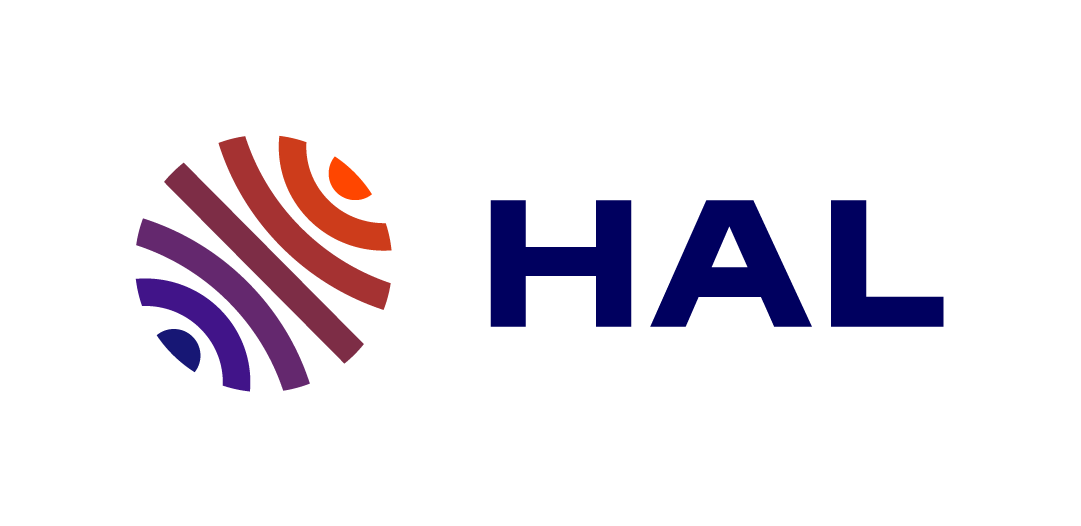Flecainide to Prevent Atrial Arrhythmia after Patent Foramen Ovale Closure, the AFLOAT Study: A Randomized Clinical Trial
Résumé
Background: The real incidence of atrial arrhythmia (AA) after patent foramen ovale (PFO) closure and whether this complication can be prevented remain unknown. This study assessed if flecainide is effective to prevent AA during the first 3 months after PFO closure, and if 6 months treatment by flecainide is more effective than 3 months to prevent AA after PFO closure.
Methods: AFLOAT is a prospective, multicentre, randomized, open-label, superiority trial with a blind evaluation of all the endpoints (PROBE design). Patients were randomized in a 1:1:1 ratio after PFO closure to receive flecainide (150 mg once a day in a sustained-release (SR) dose) for 3 months, flecainide (150 mg od SR dose) for 6 months, or no additional treatment (standard-of-care) for 6 months. The primary endpoint was the percentage of patients with at least one episode AA (≥30s) recorded within 3 months after PFO closure on long-term monitoring with an insertable cardiac monitor (ICM). The secondary endpoint was the percentage of patients with at least one episode of AA (≥30s) recorded with ICM during the 3-6 months period after PFO closure.
Results: 186 patients were included (mean age 54 years, male 68.8%) and AA (≥30s) occurred in 53 (28.5%) patients during the 6-month follow-up; 86.8% of these AA events occurred in the first month after PFO closure. The primary outcome occurred in 33/123 (26.8%) and 16/63 (25.4%) patients receiving flecainide for at least 3 months or standard of care, respectively [Risk Difference (RD) 1.4%; 95% confidence interval (CI) -12.9% to 13.8%, NS]. The secondary endpoint occurred in 3/60 (5.0%), 4/63 (6.3%), and 5/63 (7.9%) patients receiving flecainide 6 months, 3 months or standard of care, respectively [RD -2.9%; 95% CI -12.7% to 6.9%, and RD -1.6%; 95% CI -11.8% to 8.6%, respectively].
Conclusions: In the first 6 months following successful PFO closure, AA (≥30s) occurred in 28.5% of cases, mostly in the first month after the procedure. Flecainide did not prevent AA after PFO closure.




